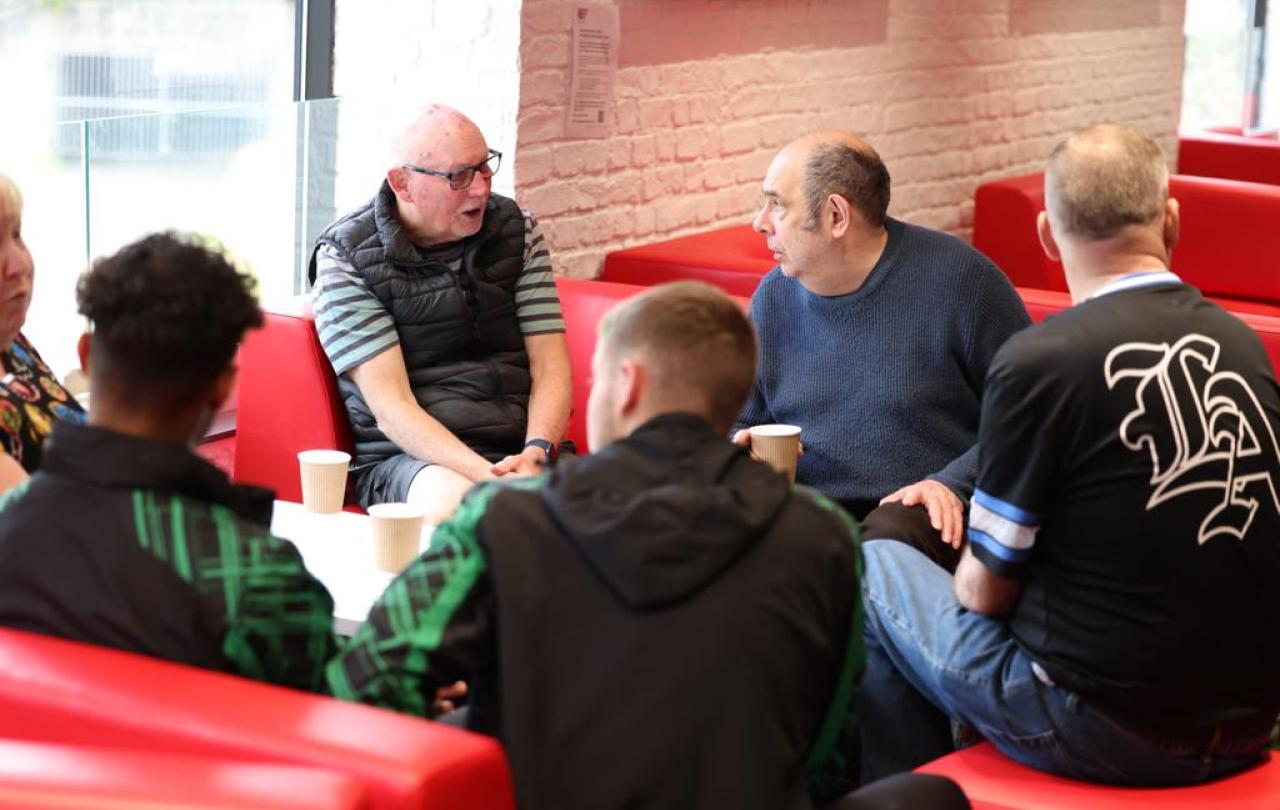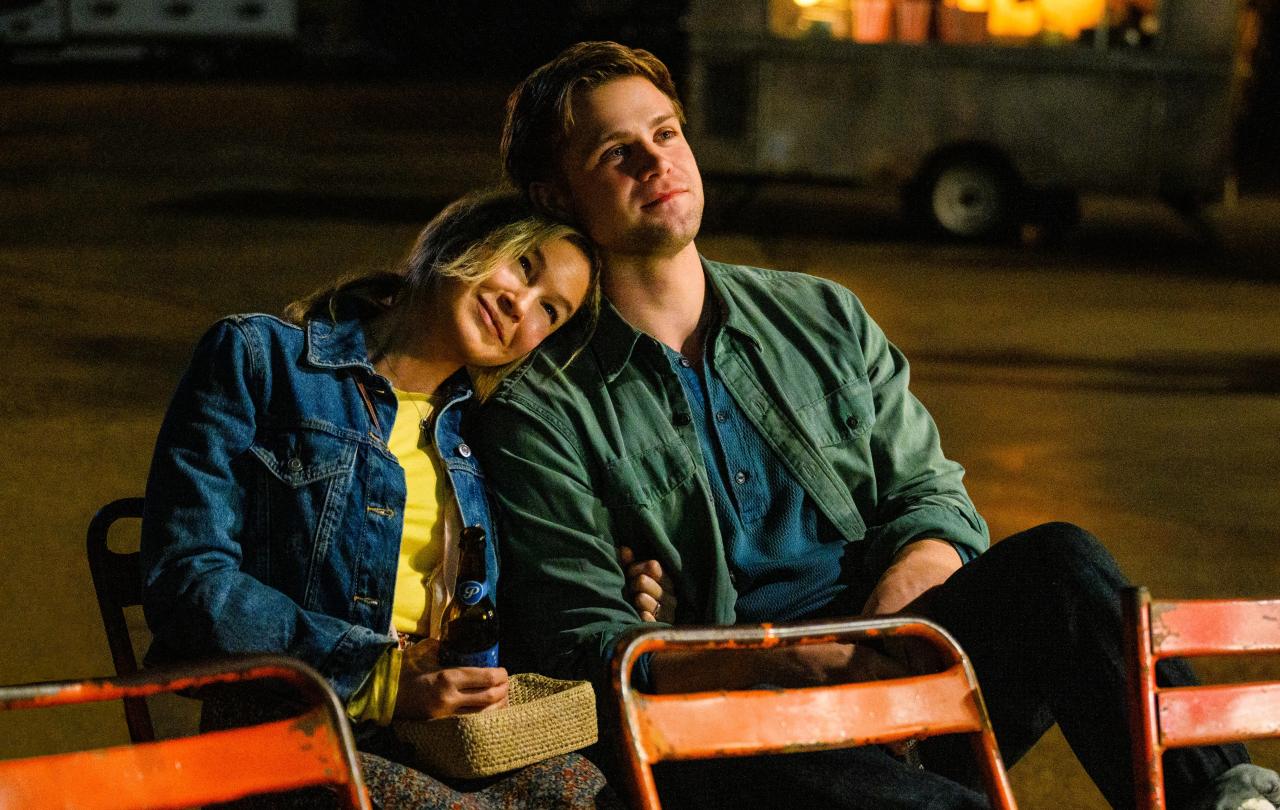
Every week a group of 20 or so older people gather in an ordinary church in Walsall. A small handful also attend church on Sundays, but most do not. Amongst them are clear signs of poverty, mental health issues, struggles, broken relationships, and grief. Each person has a profound story. They come to sit in a place where strangers can become friends and will listen. For almost half of this group, this moment would be the only one that week when they are personally noticed and acknowledged by another human being.
This safe space is therefore a transforming blessing. It is life enhancing and hope creating. It was born out of a simple instruction, heard weekly by the church’s congregation - “Ite, missa est” – ‘Go the mass is ended’. This simple instruction, and a belief that their role was to build community as a result, has led to lives being transformed, fueled by the Bread of Life.
But it is not just churches. Stoke City Football Club opens its doors leaving Yasmin to reflect about her Grandmother, Sandra, who has dementia:
“My Nan has made friends and this place has helped her with talking and socializing more. Especially since COVID she stopped socializing and was feeling lonely. I think this has really made a difference”.
Or in Lichfield where the local theatre provides the same hospitality, leaving Jean to reflect that:
”You get to know people don’t you, coming here. It’s lovely.”
Churches, theatres, football clubs, libraries, mosques, temples, community halls, all of them can become places of welcome, centres of hope. Countless conversations, countless lives transformed, with the majority so simple and basic that they go unnoticed.
Relational capital goes beyond self to acknowledge that together, the other is a precious gift and not a problem that needs to be solved.
Towards the beginning of the book of Genesis, just after the first murder occurs with the death of Abel at the hands of his jealous and angry brother Cain, God asks Cain “Where is Abel?” Cain’s response is a common response, a response of one who judges or ‘others’, and then washes their hands.
“My brother is not my problem, Am I my brother’s keeper?”
It is a fundamental question to human flourishing and the principles of living for the common good.
Dietrich Bonhoeffer’s extraordinary book, Life Together, shares that any act of love or generosity to another person begins with a posture of holding your tongue in order to listen and to understand. Bonhoeffer then speaks of meekness, bearing, listening and ultimately, and only then, to be in a position to speak. All too often, we jump to speaking before doing the hard work, emphasizing an engrained paternalistic power dynamic, and thinking that we know best. For Bonhoeffer, this is an act of service which is relational, built upon trust and a relational capital that says that each person matters. Relational capital goes beyond self to acknowledge that together, the other is a precious gift and not a problem that needs to be solved. Bonhoeffer also recognizes the prophetic wisdom and complexity of this as he shares that:
“in order to flourish, every community must realize that not only do the weak need the strong, but also that the strong cannot exist without the weak. The marginalization of the weak leads to a broken humanity”.
At the heart of this dynamic, a posture is decided. If I am not my siblings’ keeper, and my sibling must look after themselves, then the weak will, of course, be marginalized. A broken and privatized humanity will be the ultimate end result.
But, if I am my siblings keeper, the posture is very different. Open arms, a desire to listen, to understand.
A clear example of this remains in many housing or immigration policies, or in a highly profitable banking sector - benefitting from the spoils of the cost of living crisis, adding to the misery of the majority. Like Pilate, hands are washed, in the pursuit of profit, thankfully challenged by the growing Just Finance Foundation.
Furthermore, in housing, regeneration for human flourishing, rooted in the call upon a person’s life given in the simple ceremony of baptism, often gives way to gentrification, in which fragmentation and broken relationships become the norm. This is a far cry from the vision of Fr Basil Jellicoe, where ‘homes for heroes’ were redeveloped in inner city Euston, rented at the same price as their slum predecessors as a symbol of action and justice for human flourishing.
But, if I am my siblings keeper, the posture is very different. Open arms, a desire to listen, to understand. This reflects something of the resurrection, where generosity is found, quite simply because God so loved the world. It is often in the most deprived communities that this is demonstrated, echoing a bias to the poorest, and a desire for the justice that Mary promises as she sings at the beginning of her child’s life.
In essence, our broken and fallen self often looks inside ourselves for fulfilment, but the transformed, loved and forgiven self looks to others as an act of self-giving love, humility and grace. The vision is often to live out the fundamental challenge of Jesus to the Church, personified in its founder Peter. “Do you love me… Feed my lambs”. Jesus, depicting himself as a shepherd, says to Peter, one of his closest followers – “if you love me, feed my sheep.” This is made all the more extraordinary as Peter himself had recently carried out a knife attack, yet he was still breathed upon with the gift of the Holy Spirit at Pentecost.
The stories from Places of Welcome, and the testimonies from the communities who have used the Growing Good resources which exist to provide a framework as to how and why churches can and should serve their local contexts, are a reminder that relationships matter, people matter and love matters. Much hidden Christian ministry, alongside that of other faiths, as Near Neighbours testifies, strive for this different vision. Their stories demonstrate that living the principles of presence, perseverance, hospitality, adaptability, participation and action can lead to organic altruistic and flourishing communities. Daily, safe spaces are being created for the broken soul to rejoice, dance and sing.
The human urge to be in relationship with others is paramount. When such relational stories are told, actions follow. Good action is justice focused, co-created and participatory. This requires a mutuality, and a desire to learn, knowing context, listening to the local, and daring to ask the difficult questions of why certain communities are impoverished in the first place. It is in asking these questions, developing a learner’s heart, filled with curiosity, that will lead to the flourishing of all. Staying quiet when you have heard is not a viable option.
The posture is simple. Am I my siblings’ keeper? The answer no inevitably leads to death of relationship. The answer yes has the potential to lead to true human flourishing.





